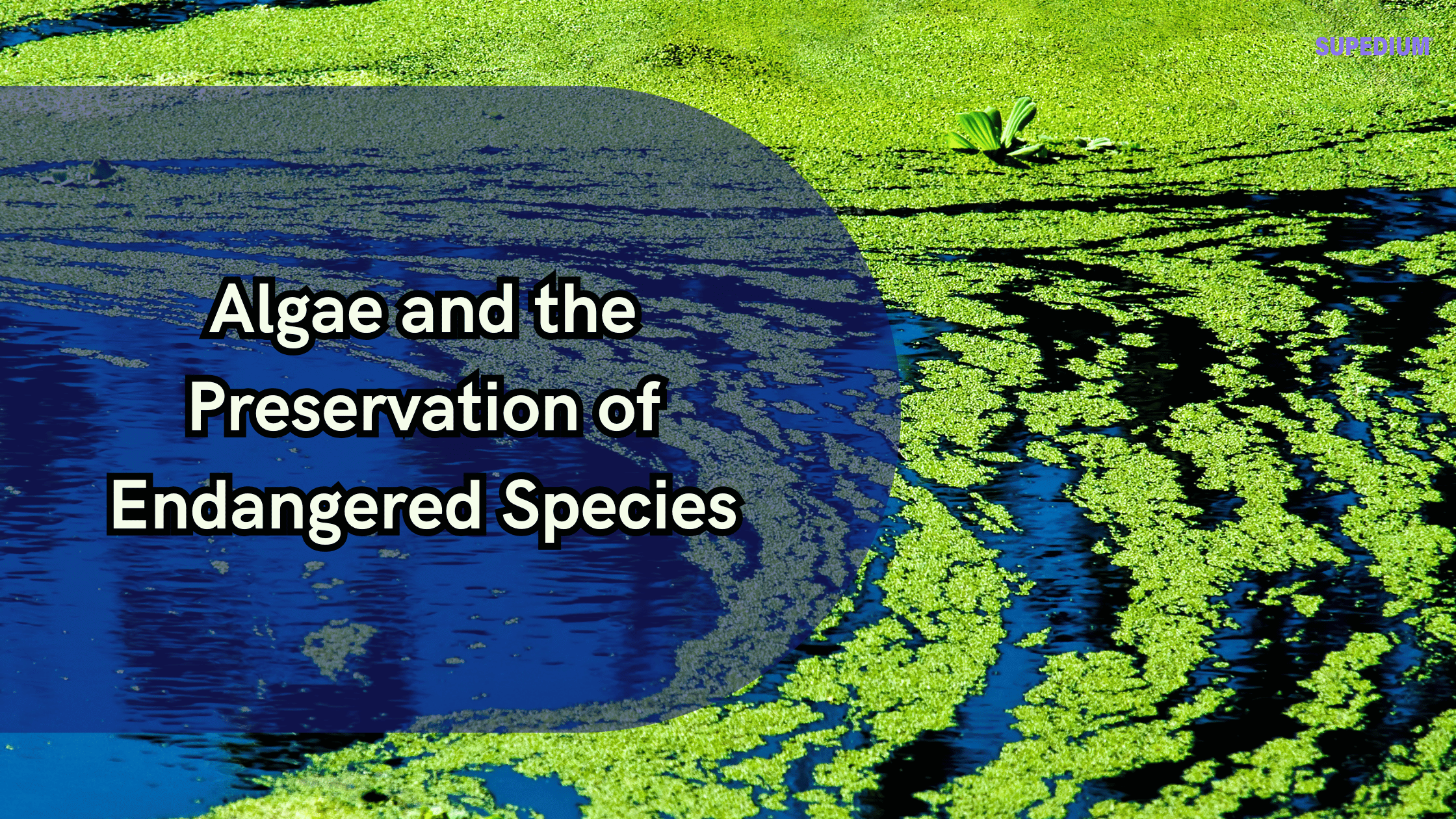Table of Contents
![]()
Introduction
Ponds can be a beautiful addition to any landscape, providing a serene environment and supporting local biodiversity. However, maintaining a pond in a small space presents unique challenges that require careful planning and management. This article will explore the various difficulties associated with small ponds and offer insights into how to address them effectively.
Space Limitations
Size Constraints
The primary challenge of a small pond is its limited size. A small pond may struggle to maintain a balanced ecosystem due to restricted depth and surface area. Shallow water can lead to rapid temperature fluctuations, making it difficult for aquatic life to thrive. For example, many fish species require a minimum depth to survive winter freezing, which may not be achievable in a small pond.
Accessibility Issues
Maintenance can become a daunting task in a confined space. Limited access can hinder routine cleaning and upkeep, making it challenging to manage debris, algae, and water quality. Additionally, small spaces may leave little room for surrounding plants and features, which can impact the overall aesthetic and health of the pond.
Water Quality Management
Maintaining Water Balance
In small ponds, maintaining water quality is critical yet challenging. These bodies of water are prone to evaporation, which can lead to imbalances in salinity and nutrient levels. Moreover, the limited space allows debris and pollutants to accumulate more quickly, affecting the health of the aquatic ecosystem.
Algae Growth
Algae growth is another common issue in small ponds, often exacerbated by the confined space. Overgrowth can lead to oxygen depletion and harm fish and plant life. Effective strategies for controlling algae include introducing natural cleaners, such as specific aquatic plants that consume excess nutrients, or using biological treatments.
Aquatic Ecosystem Challenges
Biodiversity Limitations
A small pond often cannot support a diverse range of species. The limited environment can lead to overpopulation of some species while making it difficult for others to survive, leading to imbalances. Careful selection of plants and fish is essential to foster a stable ecosystem.
Plant Selection
Choosing the right plants for a small pond is crucial. There may be insufficient space for a variety of aquatic and marginal plants, which are essential for maintaining water quality and providing habitats. When selecting plants, it’s important to balance aesthetic appeal with ecological health, ensuring that the chosen species will thrive in the limited environment.
Temperature Regulation
Effects of Small Size on Temperature Fluctuations
Small ponds are particularly susceptible to temperature fluctuations, as they heat up quickly in the summer and cool down just as rapidly in winter. These extremes can stress aquatic life, leading to increased mortality rates.
Solutions for Temperature Moderation
To mitigate temperature fluctuations, consider incorporating shade-providing plants around the pond’s perimeter. Additionally, using features such as water pumps or fountains can help circulate water and maintain a more consistent temperature, benefiting the overall health of the pond.
Wildlife Interaction
Attracting Unwanted Pests
Ponds can attract unwanted wildlife, particularly pests like mosquitoes. Stagnant water can become a breeding ground for these insects, posing a nuisance for pond owners.
Protecting the Pond from Larger Wildlife
On the other hand, larger wildlife, such as raccoons or neighborhood cats, may be drawn to the pond as a water source or for hunting. Installing fencing or barriers can help protect the pond and its inhabitants from these predators.
Maintenance Challenges
Regular Upkeep Requirements
Maintaining a small pond requires consistent effort. Regular cleaning to remove debris, algae, and fallen leaves is essential to keep the water clear and healthy. Additionally, periodic water changes and treatments may be necessary to ensure optimal conditions.
Seasonal Considerations
Seasonal changes bring their own challenges. Winterizing the pond can be especially tricky; ensuring that fish are safe and that the pond does not freeze solid requires planning. Conversely, preparing for summer growth often involves managing plant overgrowth and ensuring adequate oxygen levels.
Financial Considerations
Initial Setup Costs
Setting up a pond in a small space may seem financially manageable, but initial costs can add up quickly. Essential components such as pond liners, pumps, and filtration systems can strain a budget.
Ongoing Maintenance Expenses
Ongoing maintenance expenses also warrant consideration. Regular purchases of chemicals for water treatment, new plants, and repairs can accumulate over time. Budgeting for these costs is crucial for anyone considering a small pond.
Conclusion
Maintaining a pond in a small space presents a range of challenges, from water quality management to accessibility and wildlife interaction. However, with careful planning and creative solutions, these obstacles can be overcome. Ultimately, the benefits of having a small pond—such as enhancing the landscape and supporting local ecosystems—make it a worthwhile endeavor.
Share This





Be the first to comment